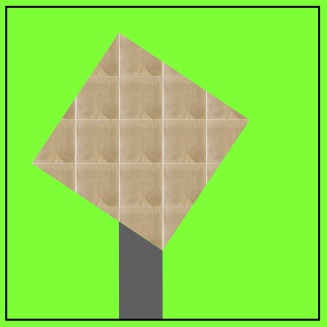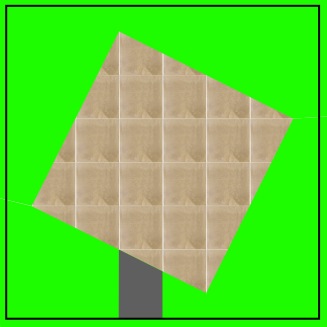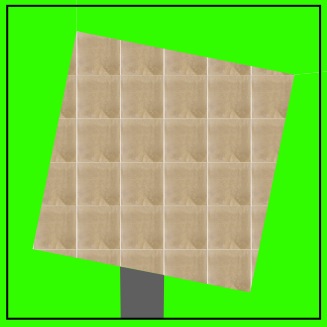Copyright © University of Cambridge. All rights reserved.
'Tiles in the Garden' printed from https://nrich.maths.org/
Show menu
Why do this problem?
This activity is designed to create a challenge that pupils will not have been taught or leant how to do straight away. they therefore have to use their individual problem solving skills. When different approaches have been used by different
groups or individuals then the discussion about different appraoches can take place.
Possible approach
Explain that you're not expecting them to necessarily know straight away how to do it. Encourage them to devise a way, through problem solving to find the answers. The pupils may be ecouraged to validate their suggestions. Then a discussion can be had around the class as to the advantages and disadvantages of the different approaches.
Key questions
Tell me about what you are doing?
Are you happy with your answers?
Possible extension
Create other rectangles that could fit over a framework of smaller squares, here are two examples.

Possible support
You may need for some pupils to use some large-squared paper and a pair of scissors to cut out the shapes required.



